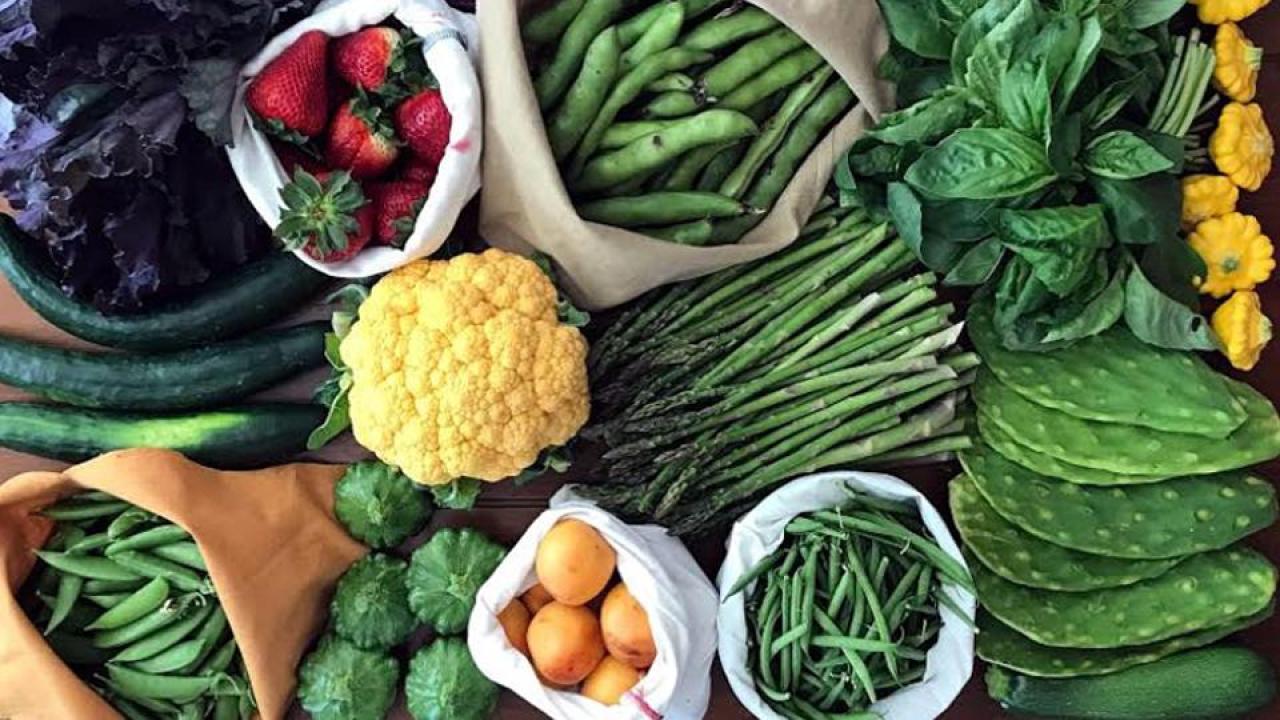The UN Environment Program’s Food Waste Index Report, released in early March, reveals that households, food service businesses and retailers worldwide waste approximately 1026 billion US tons of food annually—an estimated 17 percent of all global food production. Households account for 61 percent of that wasted food, food service comes in at 26 percent and retail, 13 percent.
Those billions of tons of wasted food squander not only the food itself but all the resources that went into producing the food: the land, water, energy, labor, capital, fertilizer, seeds, and so on. This uneaten food also represents a lost opportunity to feed some of the globe’s 690 million hungry—a 2019 estimate from the UN’s Food and Agriculture Organization that doesn’t account for the COVID-19 pandemic’s impacts on food security.

Photo courtesy of Anne-Marie Bonneau
Food waste differs from food loss, which occurs before food reaches the market. Together, according to the report, food waste and food loss comprise between eight and 10 percent of all greenhouse gas emissions. Those emissions start on the farm, continue along each step of the supply chain, and continue at a methane-generating landfill.
The good news is, we can solve this problem. But we’ll need everyone on board—government, industry and individuals. Governments can educate the public, encourage behavior change and impose laws that require businesses to donate rather than dump edible food, for example. Individuals can take steps to reduce their food waste at home. The following simple steps for households can have a big impact.
Shop the refrigerator and pantry first
If you use up food that you have on hand, you’ll waste less of that food—and save money. Before you buy more food, take a quick glance through your refrigerator and pantry. Think of a dish or two you can cook with that food and make a list of any missing ingredients. What else would you like to eat within the next week or few days? Add any ingredients you’ll need to your shopping list.
This type of planning runs counter to how most of us decide what to cook for dinner. Usually, we pick out a recipe, make a list, shop, cook the dish and then shove the leftover random ingredients into the back of the refrigerator, along with the leftovers. Do that a few times every week and the uneaten food piles up quickly.
Do a food waste audit
You’ll have a better idea of what goes to waste if you measure it. At the end of the day, jot down what food went to waste and the reason why. If you discover that you throw away lots of bananas, for example, you could a) buy fewer bananas or b) bake more banana bread. Either way, you benefit; you’ll spend less money on uneaten bananas or you’ll enjoy delicious banana bread.
Use your senses
Do you think your leftovers in the refrigerator have gone south? Give them a sniff and take a look at them. If they smell okay and look okay, they probably are okay.
With packaged food, make this same judgment rather than relying on the best-before, sell-by, and use-by dates stamped onto the packaging. Generally unregulated, these dates do not indicate when food will expire. Rather, these dates from the food manufacturer indicate the company’s opinion of peak quality.
Confusing best-before dates encourage people to waste food. Concerned they will poison themselves and their loved ones if they eat food a day past its best-before date, they regularly toss out perfectly edible food—and then proceed to buy more food.
Store food in glass jars and containers
If you store leftover lasagna in an opaque container, you may forget about it until you stumble upon its remains a month later in the back of the refrigerator. Store food in glass and you can see what you have at a glance and you’ll more likely eat it.
Preserve food
Fermentation not only makes food incredibly delicious, it also extends its shelf life. If you have excess cabbage on your hands, chop it, salt it, and submerge it in its own juices for a few days, after which you’ll have sauerkraut, which keeps for many months. Lactic acid bacteria , which occur naturally on vegetables and increase after harvest, perform this magical transformation.
Reducing food waste at home really has no downside. You don't have to spend money to get started. You don't have to sacrifice anything. And you can start immediately with your next meal. Mostly, wasting less food requires a little planning and a bit of creativity.
